Equine
North Central Texas College to Add Rodeo Team
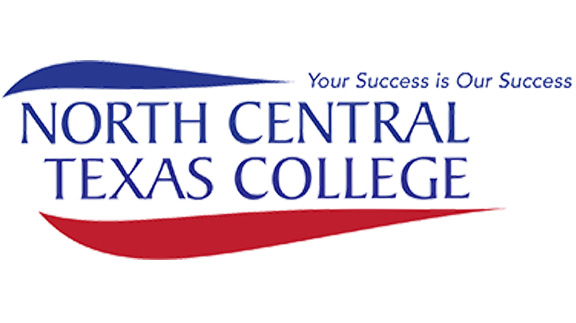
GAINESVILLE – The North Central Texas College Agriculture Department continues to grow. Starting in the Fall 2016 semester the department is adding a Rodeo Team.
All of the programs within the department, including Agriculture, Farm & Ranch Management, Equine Science and Horticulture, have experienced growth and student success over the past several years and are healthy programs. The rodeo team, however, will add another opportunity for students while contributing to the overall growth of the college and our community.
“We are very excited to bring Rodeo back to NCTC Gainesville,” said NCTC President, Dr. Brent Wallace. “This program will not only provide further opportunities for students, but will assist in continuing to build the on the strength of our Equine and Agriculture programs.”
The National Intercollegiate Rodeo Association (NIRA), the sanctioning body for College Rodeo, has a rich history of over 50 years. The NIRA hosts events all over the United States, divided into eleven different regions. Texas itself has nearly 30 colleges and universities that field men’s and women’s rodeo teams. Texas is divided into two regions for competition, the Southern region, which includes schools mostly east of I-35 down to Uvalde and Kingsville, and the Southwest Region, which includes schools west of I-35 out to Hobbs, NM. NCTC will be competing in the Southwest Region. Each year the team will compete in 10 college rodeos hosted by schools in the region. The top two teams from each of the eleven regions qualify for the College National Finals Rodeo which is currently being held in Casper, WY the first part of June each year.
Steve Keith, Agriculture Department Chair, has been busy for months raising money and planning for this team. Keith is no newcomer to rodeo himself, being a three-time qualifier for the College National Finals, a four-time Professional Rodeo Cowboy Association (PRCA) circuit finals qualifier and a college rodeo coach for six years before joining NCTC as the Agriculture Department Chair.
“This is both an exciting opportunity and an exciting challenge,” said Keith. “Our norm will no longer be the norm when we return to school this Fall as we plan for housing practice cattle for the team, as well as provide trailer parking and horse stalls for team members – those are great problems to have. This team will truly be a great asset for our college and for local youth coming up through the ranks of junior and high school rodeo to be able to attend college and compete locally while honing their skills at the next level in pursuit of lucrative rodeo scholarships from universities once they complete their degree at NCTC. What better place for a rodeo team than in North Texas – the heart of horse country.”
The NCTC Ag Department has already seen wild success with other Equestrian teams and looks forward to adding another opportunity for students to succeed.
“Over the past four to five years, our Intercollegiate Horse Show Association (IHSA) and Ranch Horse teams have experienced growing success from trainer awards, to Hi-Point riders and students traveling coast-to-coast to compete in semi-finals and national finals competition,” said Keith. “We expect our Rodeo Team to grow and develop into the same caliber program as our other teams”
NCTC is accepting students now for the Fall 2016 Rodeo Team. Students may be eligible for scholarships.
“We truly appreciate those who are making contributions of time, money and resources to aid in first year of this program and look forward to its continued growth and success in years to come,” said Wallace.
For more information about the Rodeo Team, one of the other Equestrian teams, or available scholarships contact Steve Keith at [email protected] or visit www.nctc.edu/agriculture.
– 30 –
Equine
Tuff Enough: Tuff Hardman Wins Big At Cheyenne Frontier Days
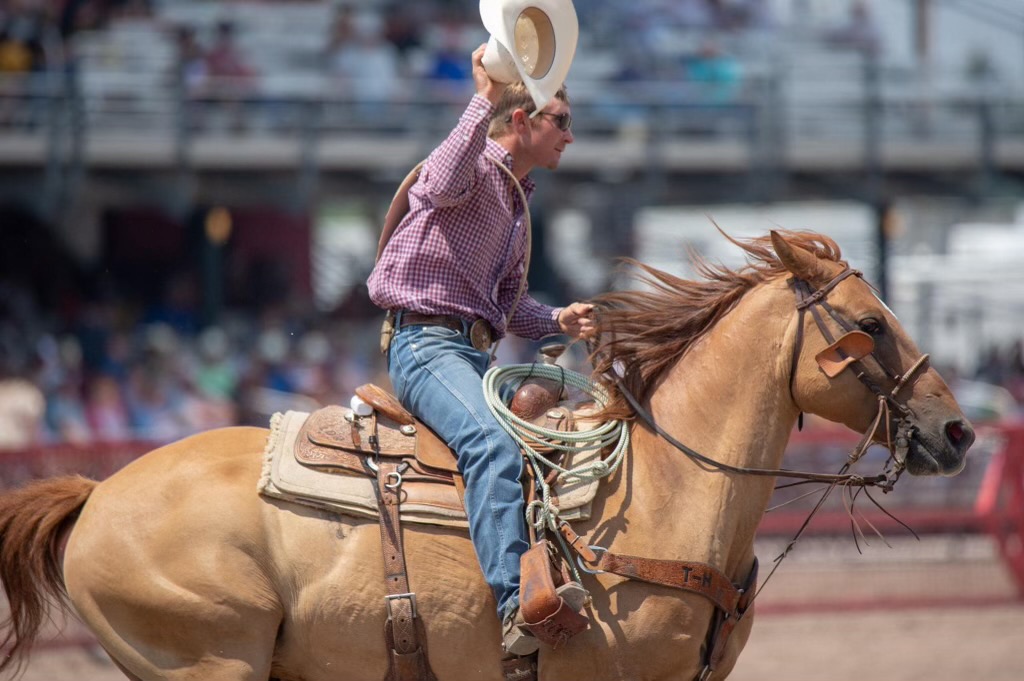
By: Krista Lucas Wynn | Copy Editor
The name, “Daddy of ’em All,” instantly brings to mind the world’s largest outdoor rodeo and western celebration. Cowboys and cowgirls from all across the country dream of competing on the iconic Cheyenne arena dirt.
Every July, pro rodeo contestants travel to Cheyenne, Wyom. to vie for the title of champion of the Cheyenne Frontier Days. The rodeo is steeped in western tradition and celebrated the 125th year this summer. With nearly two weeks of rodeo action, fans watched bareback riding, calf roping, breakaway roping, saddle bronc riding, team roping, steer wrestling, barrel racing, bull riding, and steer roping.
Steer roper, Tuff Hardman, knew winning “the Dad” was a tall order, but with a good horse and a few prayers he left no doubt who the best steer roper at Cheyenne was when it was all said and done. After two rounds, Hardman qualified back for the finals tied for ninth place with a time of 30.8 seconds.
To read more, pick up a copy of the September issue of NTFR magazine. To subscribe by mail, call 940-872-5922.
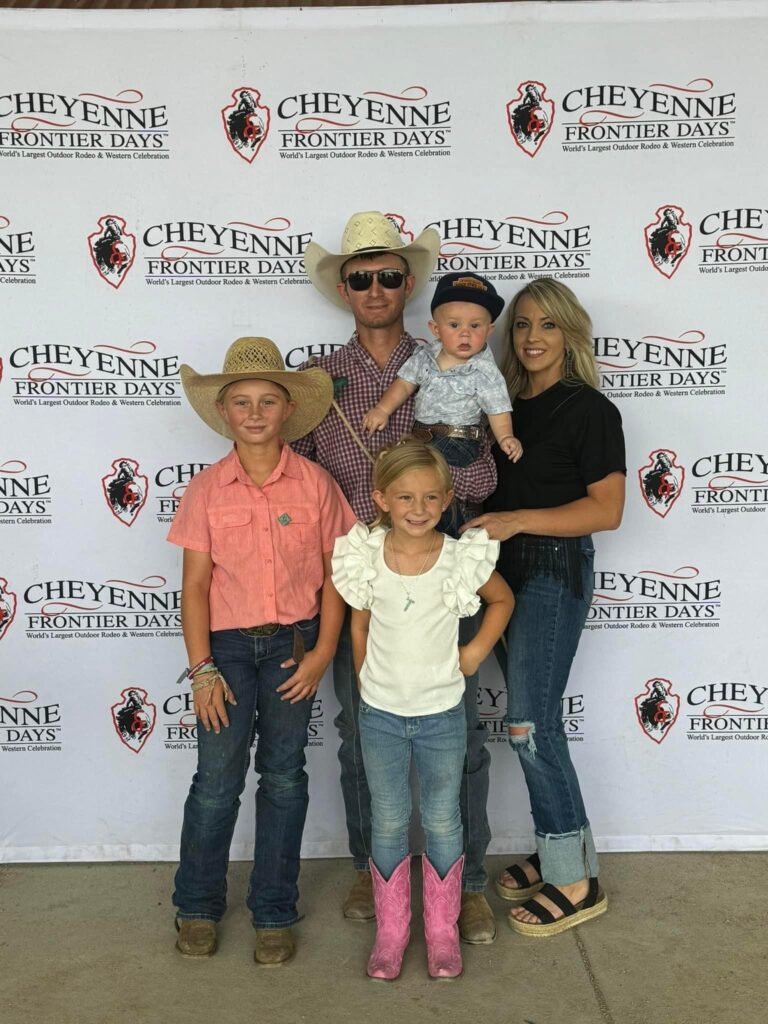
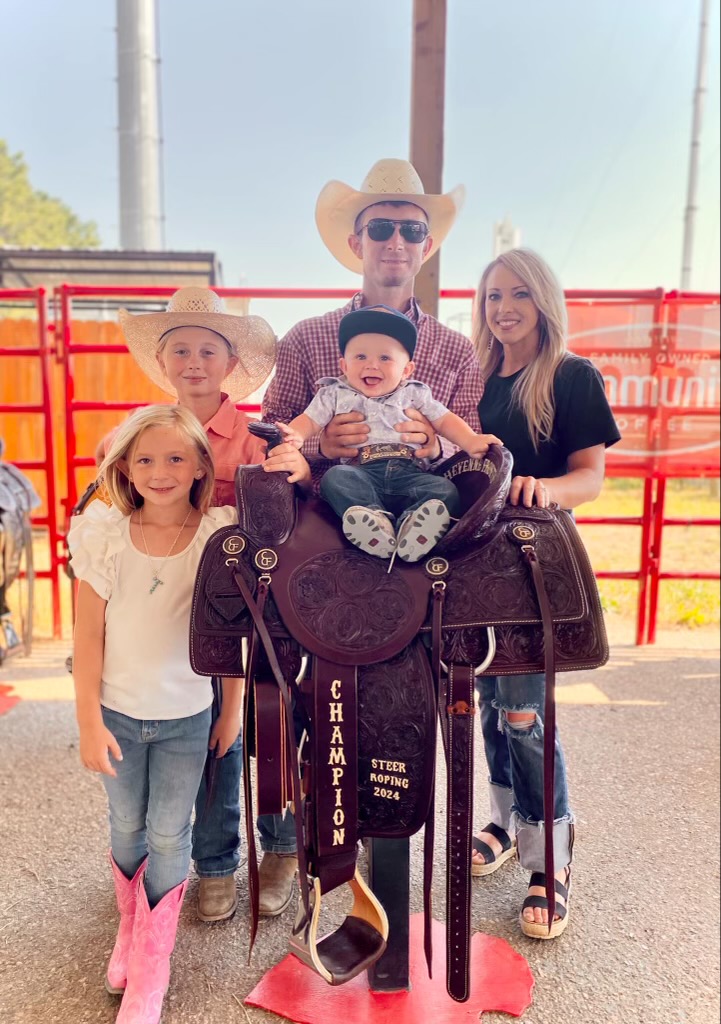

Country Lifestyles
Mandy Cleveland & Stable Strides Farm
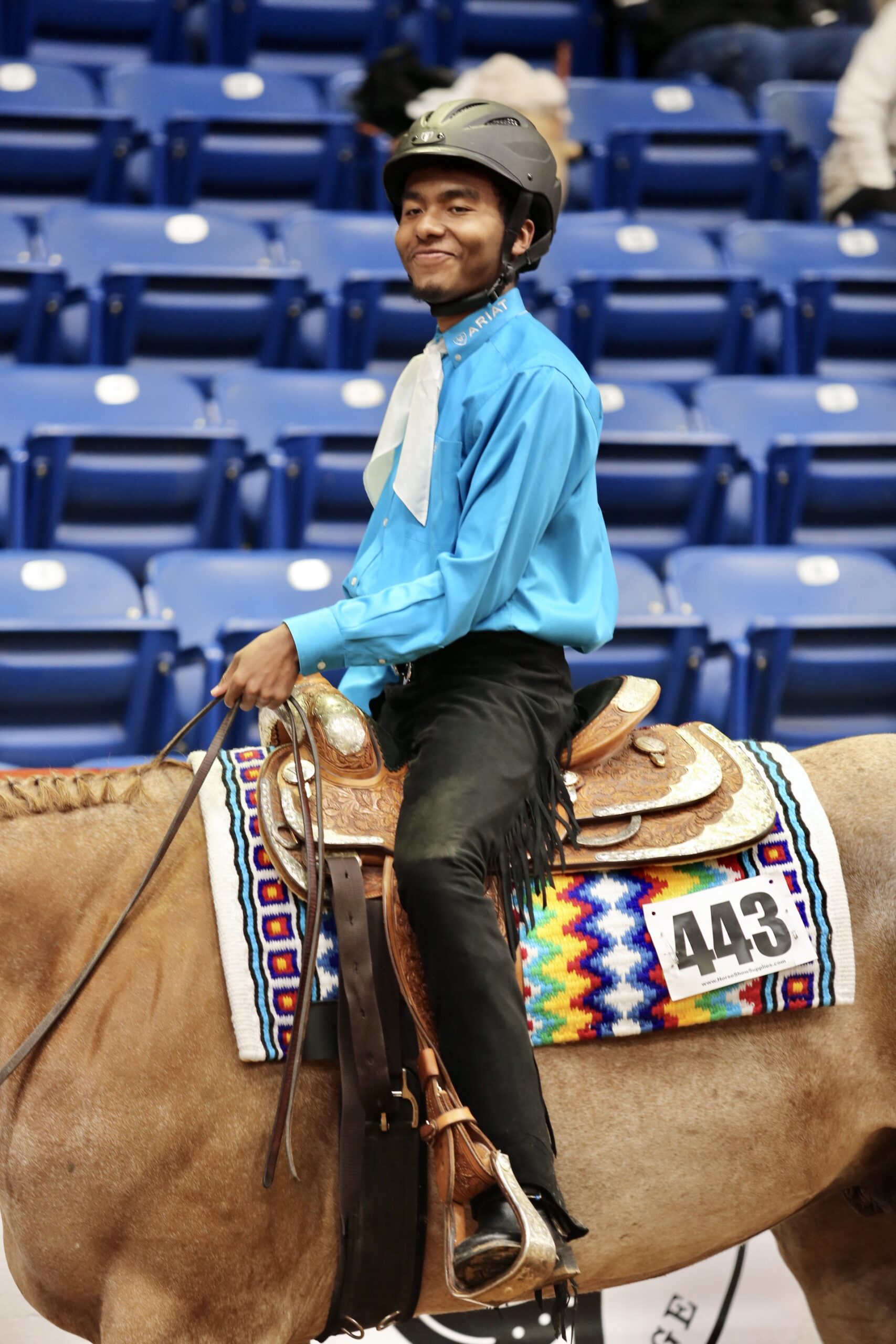
Utilizing the horse to human connection.
By: Hannah Claxton | Editor
Deep in the heart of Texas, both humans and horses at Stable Strides Farm in Pilot Point, Texas aer demonstrating just how big their hearts really are. Founded by Mandy Cleveland in 2001, Stable Strides Farm serves dozens of Equestrians with Disabilities and Veterans each week.
Deep in the heart of Texas, both humans and horses at Stable Strides Farm in Pilot Point, Texas aer demonstrating just how big their hearts really are. Founded by Mandy Cleveland in 2001, Stable Strides Farm serves dozens of Equestrians with Disabilities and Veterans each week.
“My boys have been riding since they were 18 months old, and for the first 17 years they had a leader and sidewalker. When we moved here, and Mandy started teaching them, she just said, ‘Let’s see what they can do,’ and they ride independently now,” Danielle Frank explained, whose two sons, Adison and Aiden, ride with Stable Strides Farm. “Mandy is amazing beucase she doesn’t place any limits on them, she always wants to see what they can do.”
It is her dedication to never setting limits that earned Cleveland a spot as a national finalist for the NSBA 2024 Dianne Eppers Cowgirls Reaching-Out-to-Community Award. The award was established by the NSBA Foundation to recognize cowgirls across the industry for their selfless contributions to the equestrian community.
To read more, pick up a copy of the September issue of the NTFR magazine. To subscribe by mail, call 940-872-5922.
(Photos Courtesy of Hannah Claxton)
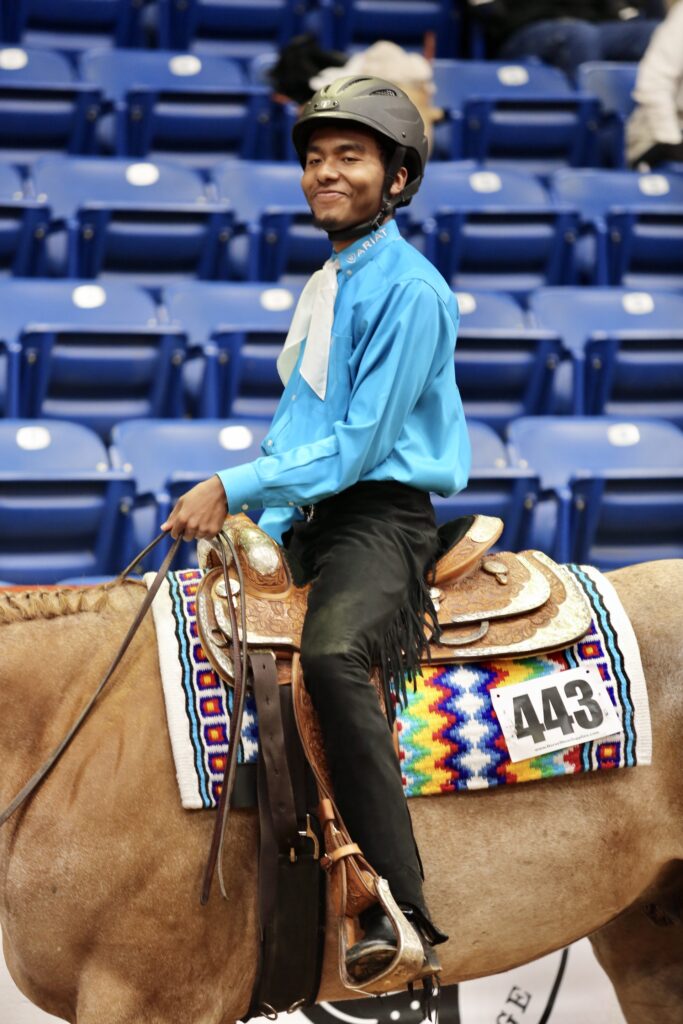
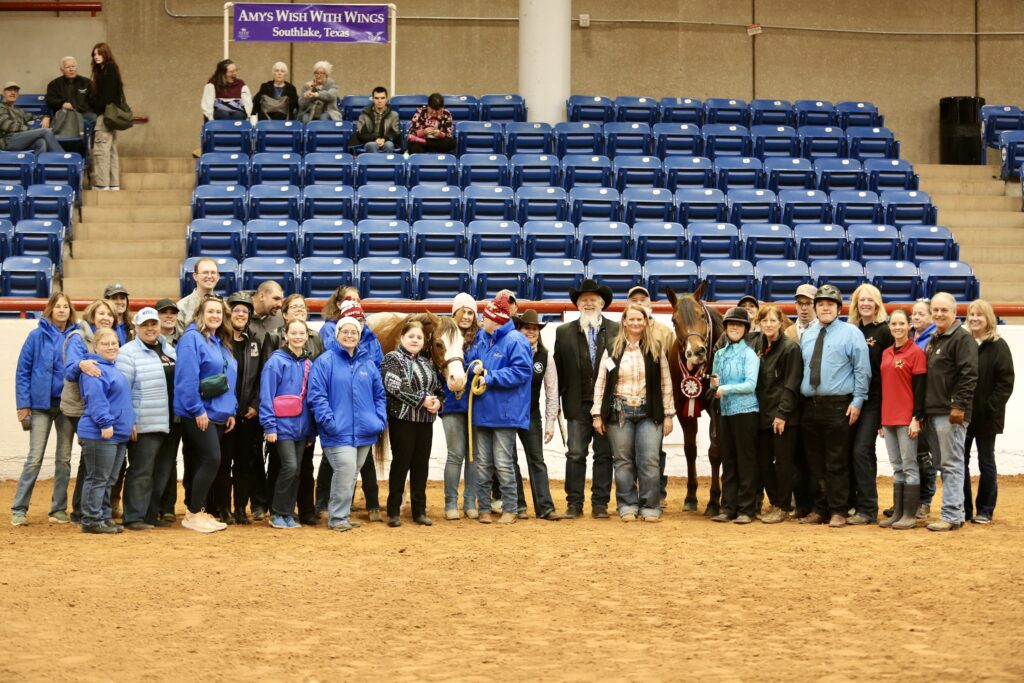
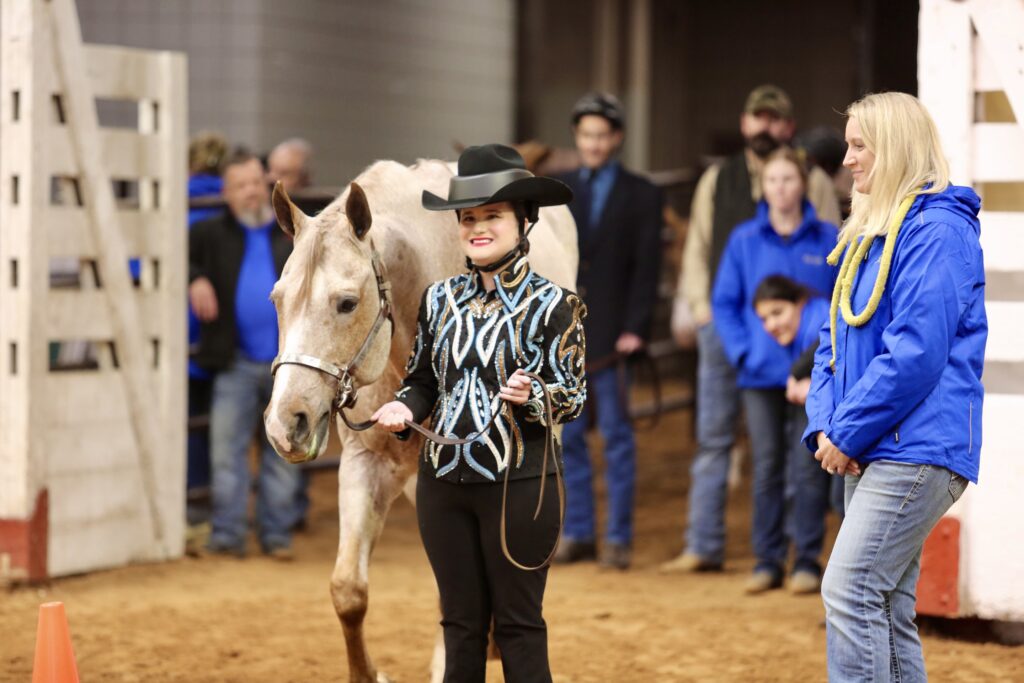
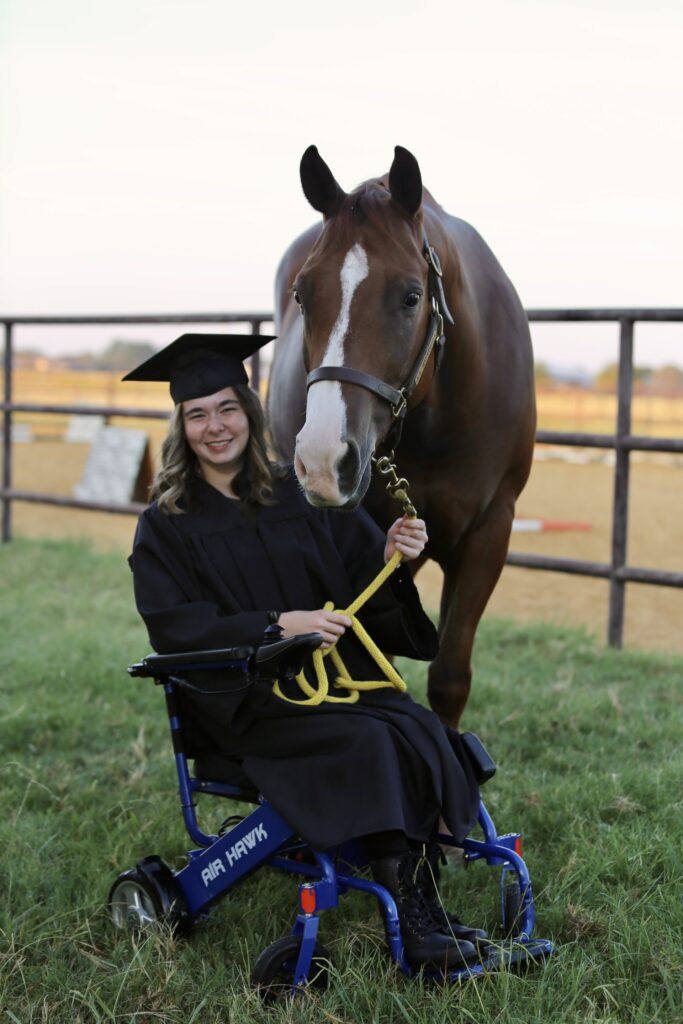
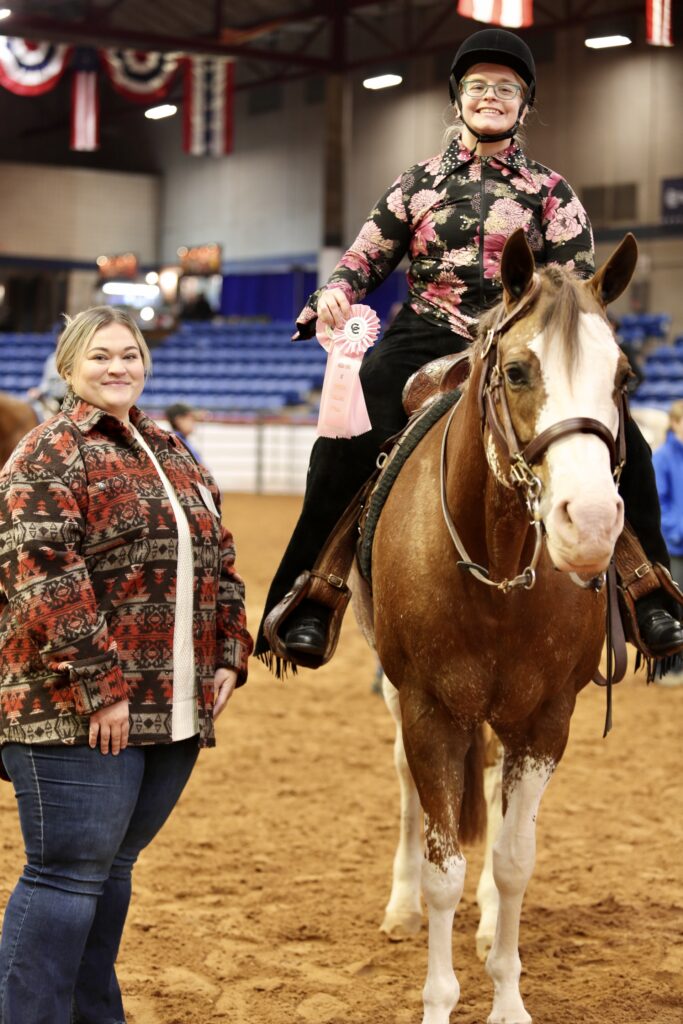
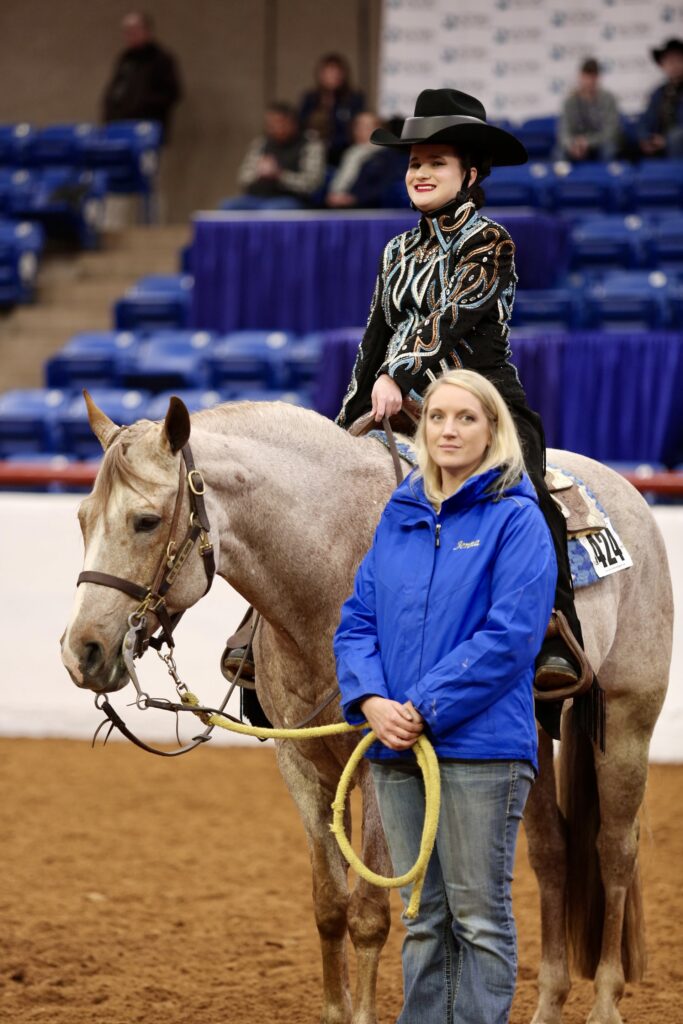
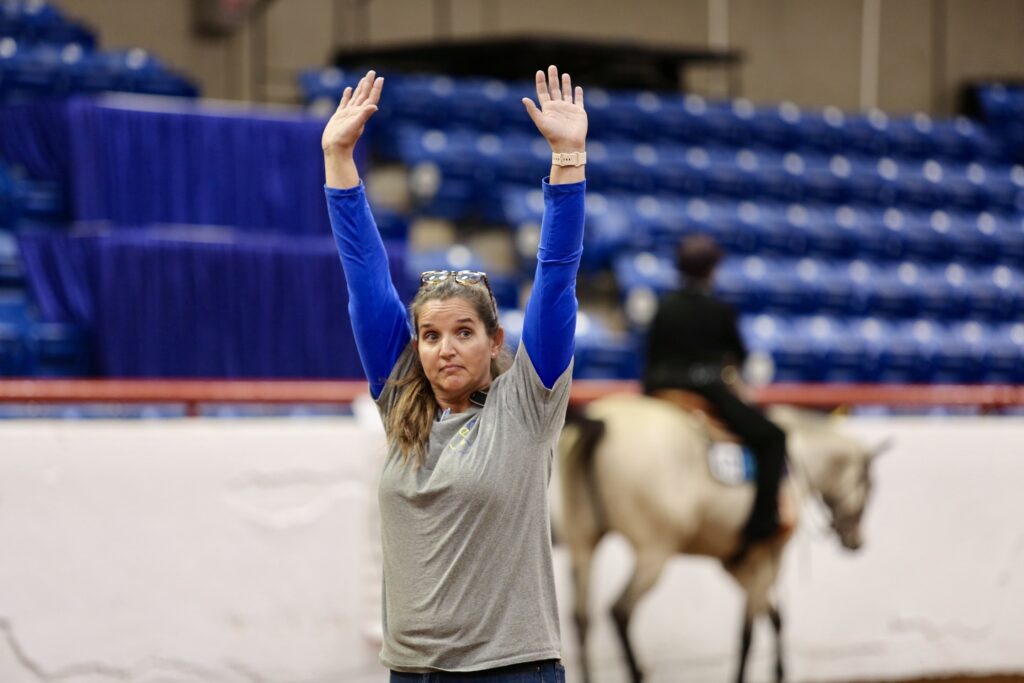
Equine
Beat the Heat
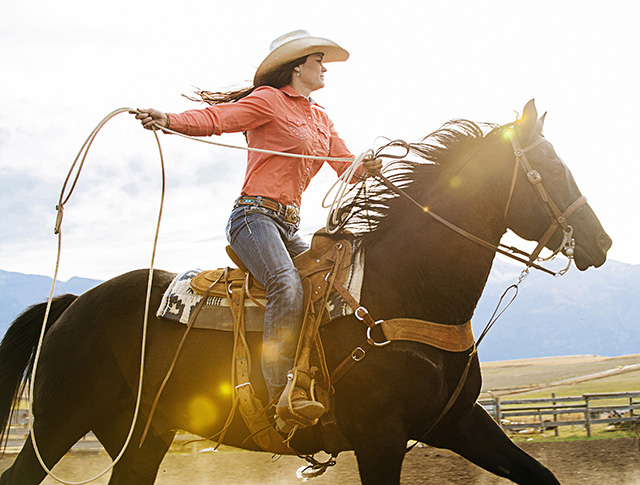
By Krista Lucas Wynn
The month of August is smack dab in the middle of summer. When in the thick of the hot summer days, it is important to keep horses, livestock and yourself cool, whether leisurely riding, competing or traveling. Texas temperatures, along with the humidity, can be extremely draining on equine athletes and riders alike.
The 100-plus degree days should come as no surprise. It happens routinely every year, and in true Texas summer fashion, it does not cool off much at night either. Horses cannot get much relief from the conditions, unless provided by a responsible owner. Sweating day in and day out can be detrimental to horse health.
It is vital to have fresh, cool water in front of horses at all times. Stalled horses should have at least two buckets in front of them. Electrolytes can help replace any lost hydration after riding. Fans are an important item to have on hand as well. They keep air moving, and now that it is dry and dusty, air movement is even more important.
To read more, pick up a copy of the August issue of NTFR magazine. To subscribe by mail, call 940-872-5922.
-

 Country Lifestyles2 years ago
Country Lifestyles2 years agoScott & Stacey Schumacher: A Growth Mindset
-

 Country Lifestyles8 years ago
Country Lifestyles8 years agoStyle Your Profile – What your style cowboy hat says about you and new trends in 2017
-

 HOME8 years ago
HOME8 years agoGrazing North Texas – Wilman Lovegrass
-

 Equine1 year ago
Equine1 year agoThe Will to Win
-

 Country Lifestyles5 years ago
Country Lifestyles5 years agoAmber Crawford, Breakaway Roper
-

 Outdoor9 years ago
Outdoor9 years agoButtercup or Primrose?
-

 Country Lifestyles8 years ago
Country Lifestyles8 years agoJune 2016 Profile – The man behind the mic: Bob Tallman
-

 Country Lifestyles8 years ago
Country Lifestyles8 years agoDecember 2016 Profile, Rusty Riddle – The Riddle Way




